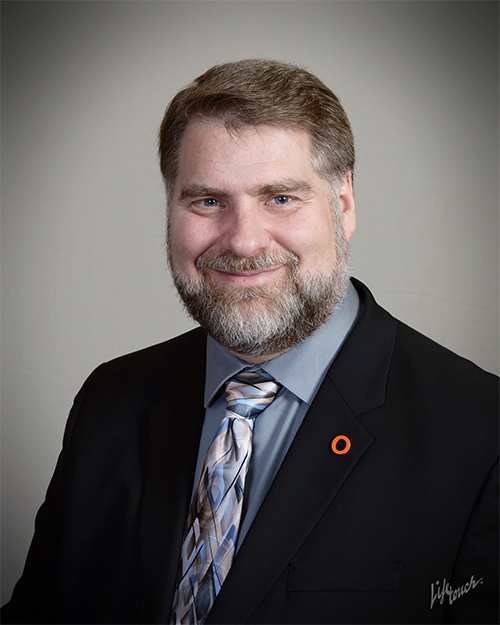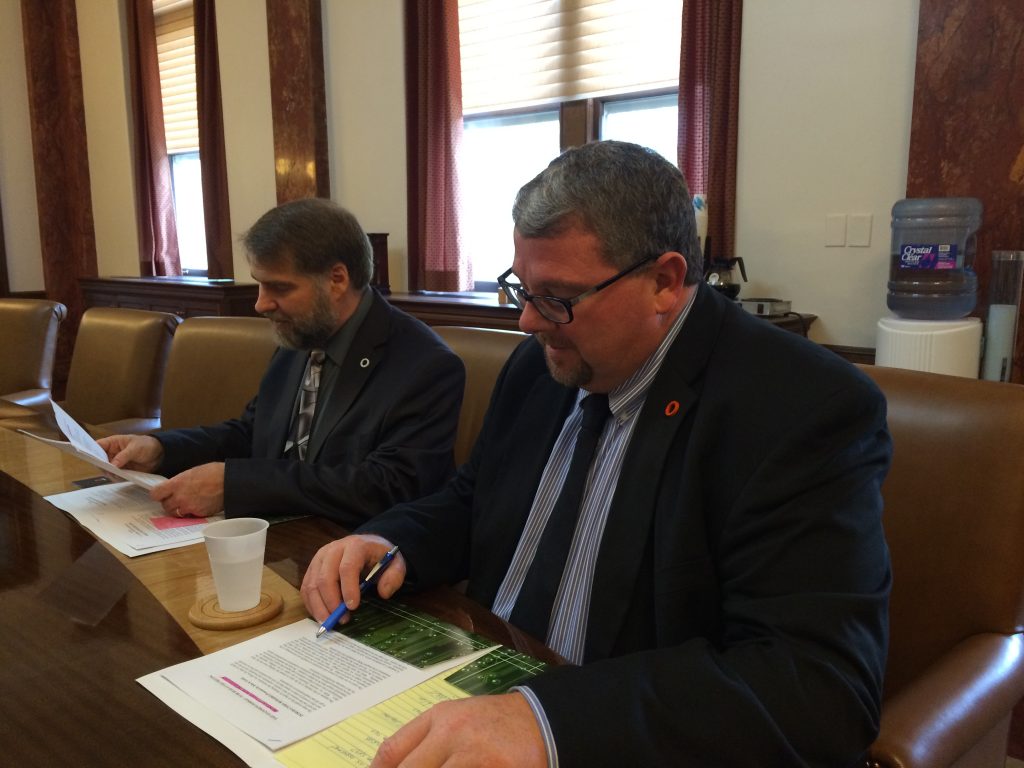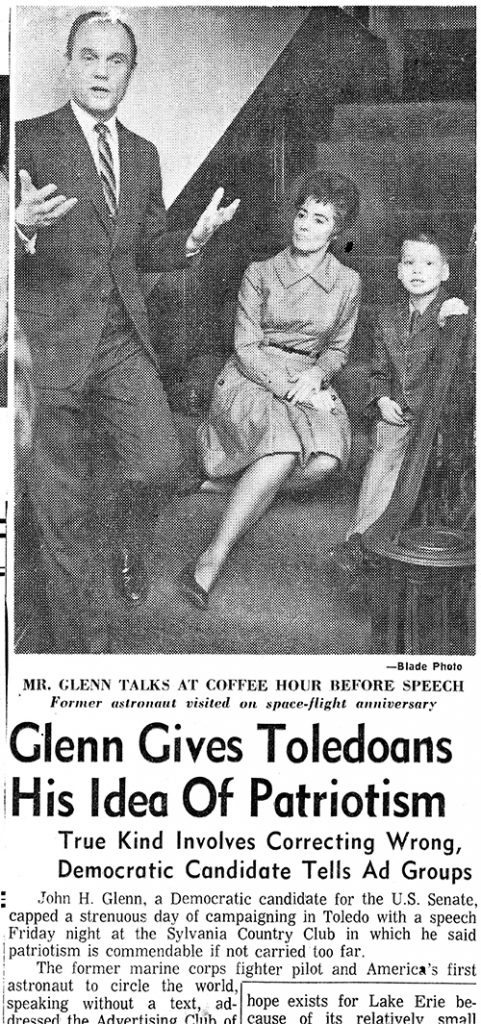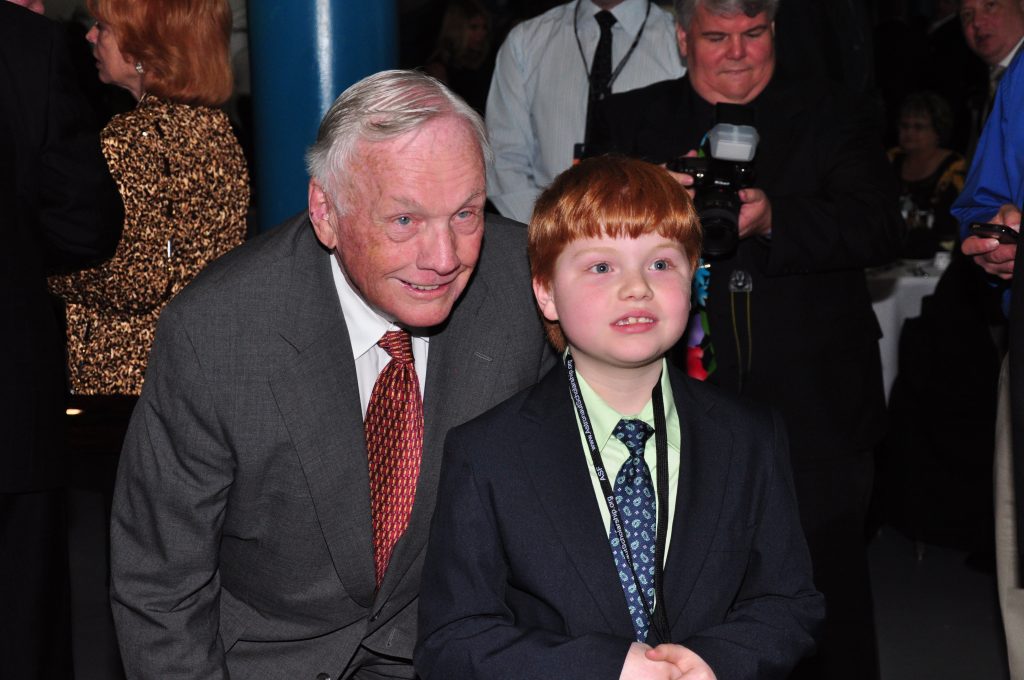
Dr. John Estell
Do Good Work
Estell spent his summer creating circuit designs, writing software, controlling stepper motors, plotting data, and figuring out how to store information on the paper tape punch reader and writer. What began as a high school student’s fascination with computers had blossomed, and by the end of that summer, the budding techie was well versed in both computer science and computer engineering.
The first educational software Estell wrote was for a science fair project in his junior year of high school. It should come as no surprise that in the 1978-79 school year, his science project writing a program for organic nomenclature drill won at regional, state, and went on to be shown at the International Science and Engineering Fair.
Now a professor in the Electrical & Computer Engineering and Computer Science Department at Ohio Northern University, Estell can attest to the importance of early exposure and hands-on experience in STEM at a young age. He can also attest to the benefits of multidisciplinary work.
In an introductory programming sequence class Estell teaches, the term project is to write educational software. Junior and senior year education majors in Estell’s Gamify your Lesson Plan course are clients to the first year computer science and computer engineering majors. This teaches the computing and engineering students very early on that as a programmer, you are not your user. Estell says that it is fundamental for any design process to have this understanding.
“It’s not just something that’s made up; you have actual real-world clients that have actual lesson plans that are being used in K-8 classrooms, and the students–the programming majors and computer engineering majors–they’re all really enthused by the fact that they can actually design something that’s going to be used,” the veteran professor and ABET Commissioner says with excitement.

Estell (left) at a site visit in 2015
Estell lives by three simple words: “do good work.” The quote, famous for being the entirety of Project Mercury astronaut Virgil “Gus” Grissom’s speech to builders of the Atlas rocket, is something Estell believes we should ask of all engineering and computing majors.
“If we can focus on doing our best efforts–doing quality work–it goes far,” he says emphatically.
Many children who grew up at the height of the Space Race looked to astronauts as their role models, and Estell was no exception. By the age of seven, he had already met his hero–John Glenn, the first American to orbit the Earth.
Glenn was in Toledo campaigning for the nomination to the U.S. Senate. Knowing Estell’s love for space, a family friend got the young Estell and his mother invites to the event. There, they also met Annie Glenn, who took the youngest and therefore shortest person in the room by the hand, and nabbed him a front row seat next to Glenn as he spoke.

Young Estell pictured next to John and Annie Glenn in a 1970 Toledo Blade article.
Estell has shared his love for science and space exploration with his son, Patrick, over the years. His kids are much like him: they love music, exploring nature and of course, science. Just as Estell was able to meet one of his heroes at a young age, his son, Patrick was as well. Patrick met Neil Armstrong, the first person to walk on the moon, at an Astronaut Scholarship Foundation fundraiser in 2012.

Neil Armstrong (left) and Patrick Estell (right)
At the time of this interview with Estell, SpaceX had just launched the Falcon Heavy rocket–the largest operational rocket today. Just as he was inspired by the early adventures of NASA and Commodores of yesteryear, the youth of today have become inspired by the massive jumps in space exploration.
Estell is one of the few ABET Experts who is a part of two commissions—he is a member of both the CAC (as a Commissioner) and the EAC (as a Program Evaluator). He has also presented annually at the ABET events since 2003, when he first introduced the FCAR, or the Faculty Course Assessment Report, a method for streamlining the student outcomes assessment process.
An accomplished faculty member, he is the recipient of several Best Paper awards from the American Society for Engineering Education (ASEE), and was named an ASEE Fellow in 2016 in honor of the breadth, richness, and quality of his service to, and scholarship for, the betterment of engineering education through his work with ABET, ASEE, and other organizations.
Estell chose his career path because he wanted to open doors for his students and children interested in science and technology, just as they were opened to him. Perhaps in a few years, an ABET Expert will be the subject of an ABET Spotlight story, and he will reference Estell. History has a tendency to repeat itself.
About ABET
ABET is a forward-thinking, purpose-driven organization recognized by the Council for Higher Education Accreditation. All over the world, ABET accredits college and university technical programs committed to the quality of the education they provide their students.
Based in Baltimore, we are a global company, with over 3,800 programs in 31 countries in the areas of applied and natural science, computing, engineering and engineering technology at the associate, bachelor and master degree levels.